When it comes to exploring Australia’s natural wonders, we really are spoiled for choice. Every state has something to offer, whether it’s on land, in the ocean or up in the night skies.
I haven’t had as much chance to explore this amazing country as I would have liked in our first 10 years of living here, but I’m hoping to tick many of these off my Aussie bucket list in the future.
Here are 20 of Australia’s natural wonders that are worth exploring when you get the opportunity!
Exploring Australia’s Natural Wonders
The Great Barrier Reef – Queensland
Consisting of over 3000 individual reefs and 900 islands spread over nearly 350 000 kms² off the Queensland coast, the Great Barrier Reef is undoubtedly Australia’s most treasured natural wonder. Home to over 1500 fish species, 400 types of coral and myriads of other marine species, it is the largest living ecosystem in the world and a snorkelling and diving mecca. Wherever you dive you’ll find yourself surrounded by the richest and densest marine biodiversity found anywhere beneath our seas.
Whilst it is widely protected, several human practices such as pollution, sedimentation from deforestation and fishing as well as coral bleaching events and crown-of-thorns starfish outbreaks due to climate change, pose huge threats to this underwater paradise and tough challenges for the world’s conservation authorities.
Uluru – Northern Territory
Nothing says “Australia” quite like Uluru. Situated in the southern part of the Northern Territories in almost the centre of Australia, the red-stained Uluru rock is one of the country’s most iconic and sacred natural landmarks. Measuring 3.6 km long and rising 348 metres almost vertically above the plains, that’s more than two pyramids of Giza stacked on top of each other, it is the world’s largest single monolith.
Carved by ancient geological forces over 550 million years from grey arkosic sandstone, rusting iron compounds leached through water and oxygen erosion, give it its deep reddish, almost Martian-like appearance. At sunrise and sunset, it glows redder becoming even more spectacular and is a magnet for Instagrammers and landscape photographers.
12 Apostles – Victoria
Being an integral part of the famous Great Ocean Road, these towering 50-metre-high limestone stacks jutting skywards out of the ocean make an awe-inspiring sight on Victoria’s already dramatic coastline. Sculptured by time and the might of the Southern Ocean over millions of years, the 12 Apostles are constantly eroding with one pinnacle having collapsed recently in 2005.
There are numerous viewing points and platforms to stop and take in this breathtaking sight, with sunrise on a clear morning providing the most dramatic scenery of the Apostles and coastal cliffs. If you have some cash to splash, a helicopter ride will provide you with a truly unforgettable experience.
Aurora Australis – Tasmania
Although also visible from certain spots in South Australia, Tasmania is by far the best place to witness this natural phenomenon. Bursts of particles carried by solar winds collide with the earth’s magnetic field, creating dancing waves of colour across the southern skies. The best time to see the unworldly spectacle of the Aurora Australis is on a dark moonless night during winter.
Capturing these magical moments on camera requires certain skills and equipment, with a tripod, wide-angle lens, preferably f2.8 or faster, and long exposures being vital. The best spots to catch nature’s colourful display is near water catching the swirling reflections on the surface.
Ningaloo Reef – Western Australia
Situated near the northwestern corner of WA, Ningaloo Reef is another underwater jewel, hosting a vast abundance of marine life. Home to hundreds of colourful coral species, fish, turtles, manta rays, humpback whales, dolphins and sharks including the gigantic but placid whale sharks.
Accessible straight off the beach or by boat, the crystal waters of Ningaloo are the perfect destination for divers and snorkelers of all levels to enjoy this natural wonder of Australia.
Kakadu National Park – Northern Territory
Spanning over 20 000 kms² Kakadu is Australia’s largest National Park and a national treasure in more ways than one. This ancient landscape consists of steamy rainforest and vast open plains, wetlands and rocky gorges, gushing waterfalls and serene pools, as well as numerous archaeological Aboriginal rock art sites dating back tens of thousands of years
Situated in the Northern Territories, three hours from Darwin, Kakadu is bursting with wildlife including millions of migrating birds, making it one of Australia’s most precious wilderness areas. It is best explored during the dry season.
The Blue Mountains – New South Wales
If hiking, biking, caving or just ambling amongst a mountainous wilderness with breathtaking views around each bend is your thing, the Blue Mountains in NSW is the place for you.
Apart from incredible rock formations and rugged cliffs, waterfalls, thick forests and vast grassy valleys, quaint towns offer the perfect places to pause to catch your breath and a bite or visit a local museum or antique shop.
You can get different perspectives of the place by either descending down to the valley floor or take in a sky-high view from the cable car for a truly memorable ride you will never forget.
Daintree Rainforest – Queensland
With a rainforest almost touching the Great Barrier Reef, Daintree, situated on the northern Queensland coast, certainly earns the right to be included among Australia’s natural wonders. Entering Daintree is like entering paradise, being enveloped by nature in one of the most ancient ecosystems in the world.
Miles of trails take you through the dense forest, witnessing tree kangaroos and the gorgeous blue and black Ulysses butterflies amongst the canopy and brightly plumed cassowary birds wondering about the moss-covered floor. Countless streams, rivers and swimming holes are home to freshwater turtles and crocodiles.
Step out of this Garden of Eden and you’re immediately on the white sandy beach with the crystal blue ocean in front of you and the Barrier Reef beneath. How can nature get better than this?
The Pinnacles – Western Australia
Situated within the Nambung National Park, a few hours north of Perth, thousands of weathered limestone pillars stand up to three metres high above the desert sands, giving the area an eerie almost unworldly look. Sculptured by wind, water and time over millions of years, their origins are still under constant debate.
Scenic driving, walking trails and viewpoints allow you to view the pinnacles from close range, as they change their colour and character throughout the day creating endless photographic opportunities. Amongst the desert vegetation, you may also be lucky to spot grey kangaroos, dingo, possums, emus, and red foxes, as well as many reptiles and various bird species.
Katherine Gorge – Northern Territory
If you’re visiting the Northern Territories, Katherine Gorge in the Nitmiluk National Park is a must-see.
Thirteen enormous gorges with 70-metre-high cliffs and forested areas fringe the Katherine River as it winds its way over gushing waterfalls, white-water rapids, and serene pools, creating a truly magnificent spectacle around every turn.
You can kayak or take a boat cruise on the river, (yes there are crocs) or walk along the numerous trails above the gorge to soak in the incredible views of the gorge and river below. Local guides can take you to the numerous Aboriginal rock art sites dating back thousands of years. Taking a helicopter ride above the river you get to see all 13 gorges, getting a true sense of scale of its sheer size and natural beauty.
Lake Hillier – Western Australia
Situated on Middle Island off the bottom end of WA, Lake Hillier is a naturally shocking pink “dyed” lake. It creates a vibrant contrast to its thin sandy rim, wooded island and deep blue ocean surroundings.
Like the Dead Sea, it has an extremely high salt content and contains certain microorganisms and red algae and bacteria, giving it its unique bubble gum pink colour.
They say it’s safe to swim in the lake, although permission is required from the WA environmental department.
Undara Lava Tubes – Queensland
Located within the Undara Volcano National Park, these are the longest lava tubes in the world with one reaching 160 km! These truly geological wonders were created by volcanic activity nearly 200,000 years ago and can only be visited on a guided tour. These “tubes” are not little drain pipes, but large enough to drive two double-decker buses through them.
Few are lucky to witness them after heavy rains when they flood, having to wade waist-deep in the clear frigid waters, but the spectacular scenery inside the caves and caverns is worth the effort tenfold.
Great Ocean Road – Victoria
This 250 km stretch of road on the southeastern coastline of Australia was built by WW1 veterans in memory of their fallen comrades. Today the Great Ocean Road is one of the most scenic roads in the world. Along the route you’ll experience the dramatic coast of Victoria, taking you past towering cliffs plummeting vertically into the ocean, stunning beaches including the surfing mecca of Bells Beach, rainforests, and iconic lighthouses, with charming small towns dotted in between to rest for a while or stay overnight.
You cannot miss the 12 Apostles, enormous limestone stacks and other strange rock formations rising upwards from the ocean floor, the Great Otway National Park and the unusual rock formation known as the London Arch. It used to be called the London Bridge until the top broke off. Basically, it’s stunning scenery from start to finish with the Southern Ocean always as a backdrop.
Horizontal Falls – Western Australia
Located on the Kimberley Coast near the top of WA, the Horizontal Falls have been described by David Attenborough as “one of the greatest natural wonders of the world!” Who are we to argue?
Unlike normal vertical falls, the Horizontal Falls are exactly that…horizontal. With every turn of the tide, sea water gets compressed between two narrow gorges barely a kilometre apart, creating a powerful up to a 10-metre-high waterfall as white swirling water pours through the narrow cliff passages. A truly thrilling sight.
The only way to witness this spectacle is by air or from an organised boat tour with experienced skippers.
Whitehaven Beach – Queensland
Situated on the uninhabited Whitsunday Island 30 km off the Queensland coast, Whitehaven Beach is a seven-kilometre stretch of fine powder-like sandy beach, fringed by warm aquamarine waters and a high hill behind it offering panoramic views of other nearby islands dotted within the ocean. As close to paradise as you can get.
This gem in the ocean is perfect for snorkelling, swimming, kayaking or just lazing in the sun far from civilization. It’s only accessible by ferry, yacht or power boat from Airlie Beach on the mainland.
Wineglass Bay – Tasmania
Nestled between and beneath high granite peaks within the Freycinet National Park on Tasmania’s east coast, Wineglass Bay is one of the most scenic beaches in the world. This two-kilometre stretch of white sand beach is a haven for snorkelers, scuba divers, kayakers, deep sea fishermen or just to soak in the sun and take in the breathtaking surroundings.
However, it wasn’t always like this. Whalers in the early 19th century would bring their bounty here butchering and boiling the blubber right on this beach, staining the crystal waters with blood resembling the colour of red wine, thus giving it its name.
Wave Rock – Western Australia
Like a giant tsunami wave about to come crashing down, Wave Rock lies about 340 km southeast of Perth. Running for over 100 metres and standing 15 metres high, it’s hard to believe that nature sculptured it in multi-coloured granite over 2 billion years. There just cannot be a better selfie spot for surfers anywhere on this planet.
Kangaroo Island – South Australia
Offering a rich mix of beautiful beaches, spectacular rock formations, historic lighthouses and abundant native Australian wildlife, Kangaroo Island is a must-see destination.
Situated 13 km off the mainland and 112 km from Adelaide, this rugged island offers the best opportunity to witness many of Australia’s wildlife species at close range in its numerous nature reserves. Seals, sea lions, penguins, koalas, echidnas, wallabies and of course, kangaroos abound here, while the rugged landscape and coastline provide endless walking trails for all nature lovers.
K’gari (Fraser Island) – Queensland
Situated off the Queensland coast, 250 km north of Brisbane, K’gari is the world’s largest sand island and a treasured gem of Australia. Its unique landscape consists of 250 km of pristine white sandy beaches and multi-coloured sand cliffs, lush rain forest and mangrove creeks, and an array of both black and crystal blue lakes, while surrounded by the clear waters of the Coral Sea.
Activities other than being gobsmacked by the natural beauty of this diverse, peaceful and stunning ecosystem are endless.
Three Sisters – New South Wales
Being perhaps the most spectacular landmark of the Blue Mountains, these three towering pinnacles rising vertically over 900 metres above the rocky terrain, are a true natural wonder all on their own. The best place to view the 3 sisters is from Echo Point Lookout, from where the entire breathtaking landscape is revealed in all its glory. Various scenic walks in the park also offer other equally fantastic viewing points.
These three magnificently coloured rock formations representing three sisters are of huge cultural significance to the Aboriginal people and are steeped in ancient legends and folklore.
If you’re planning on exploring Australia’s natural wonders, hopefully this list has helped you get started on where to go and what to see.
What other natural wonders around Australia have you been to or would add to this list? Let me know in the comments below!

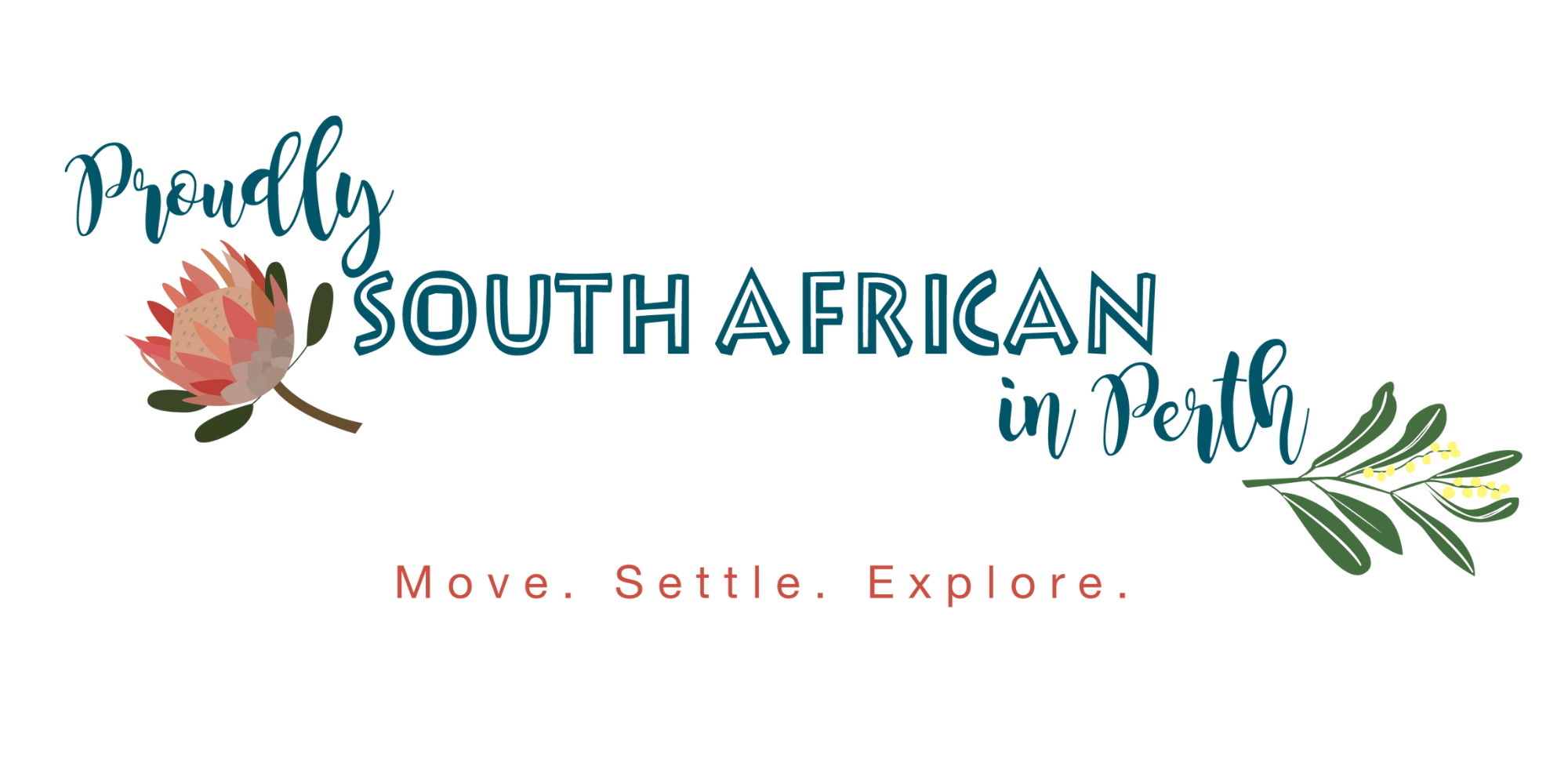
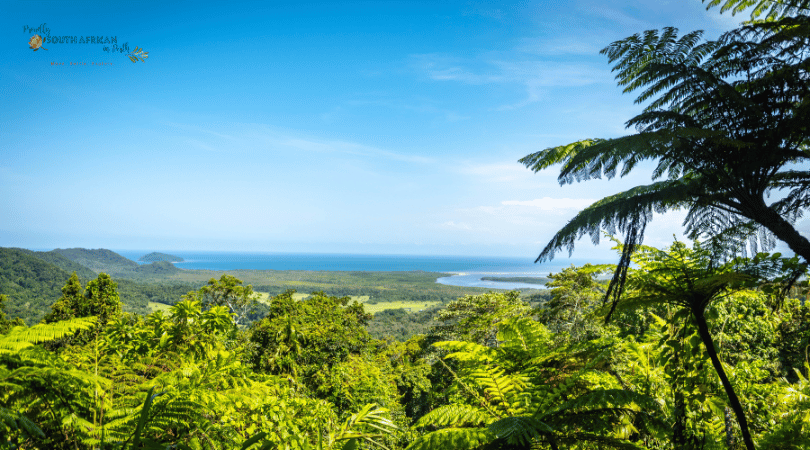
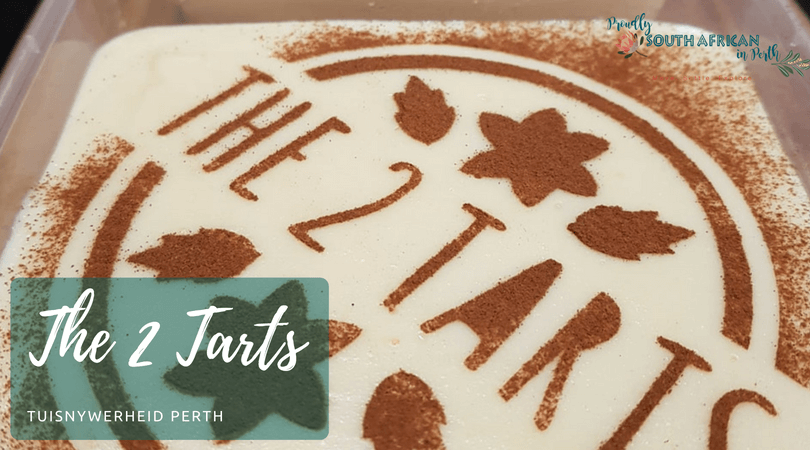
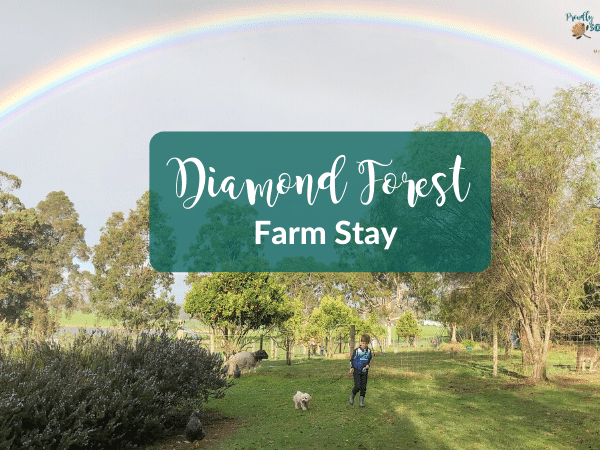
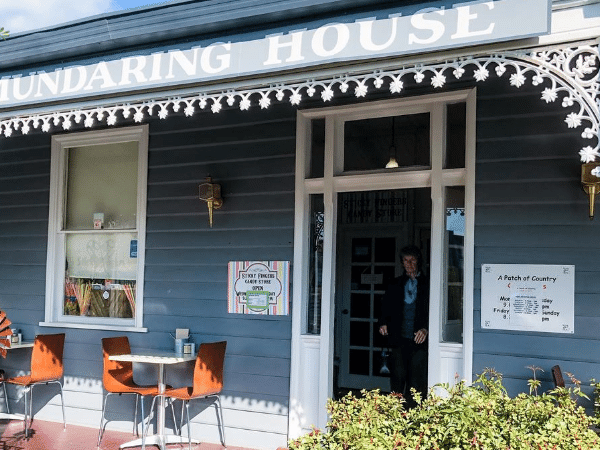
No Comments